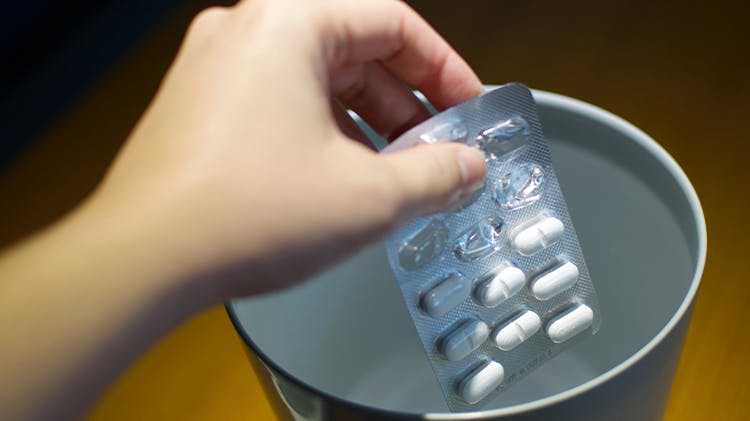
Introducing, Let’s Treat it Right
Are you a pharmacist or doctor? Let’s Treat It Right is a resource about the responsible use of non-prescription pain medicines, offering guidance and advice to help people make the right decisions for the best health outcomes. Let’s Treat It Right also provides various resources and tools for healthcare providers, like you, to support your conversations with customers or patients about the responsible use of pain medications.
This has never been more important, with COVID-19 altering customer behaviour and perceptions, making them more open to the idea of self-care. In fact, a recent study showed that in Europe, the importance of self-care to relieve pressure on healthcare systems is well understood.1 The pandemic has also seen changes made to the role of pharmacists and general practitioner, for example, an increase in the number of remote consultations with patients.
Managing health, especially pain management, can be both confusing and difficult to get right for people and patients and requires a certain amount of knowledge and confidence to make the right decisions. Common queries include:
- When to use medicines?
- How to dose medicines?
- How to store medicines safely?
- How to dispose of medicines in an environmentally appropriate way?
According to a recent survey, 93% of people around the world who suffer pain, over three quarters (77%) wish they could control it better,2 and we know that helping people and patients manage their everyday health starts with you. We know this because 2 in 5 (42%) consult an HCP at some point in their treatment journey when experiencing migraines and 41% for joint pain.2
We know that people can think differently or more casually about over-the-counter medicines than prescription medicines, but it’s just as important that they understand how to use it, store it and dispose of it in a responsible way. We have developed some tools to enable you to support these conversations with customers and patients. The resources you find here, can be shared with your customers and patients:
We’ll be adding new resources over time, so do come back and visit any time. Let’s treat it right.
Everyday pain support for you and your patients

The Right Need
The need for pain relief differs from person to person2, and for many it is a complicated health area to get right without guidance from their doctors or a pharmacist2. It is for this reason that Let’s Treat it Right has developed a pain tracker which aims to support patients and customers track their pain experiences and management across the course of one month. This tool will help you find the best way to manage your patient or customer's pain.

The Right Dose
Everyone is different and therefore their medication needs vary, and this is especially true for pain relief, which is one the most common conditions that people need to manage themselves. We’ve teamed up with general practitioner, Dr Sarah Jarvis, to share her thoughts on appropriate dosing for those experiencing pain and where customers or patients should go for dosing advice.

The Right Storage
Storing medicines correctly, including over-the-counter medicines bought in the shops is important as they may cause harm to those for whom they are not intended3. To help your patients better understand their storage habits, Let’s Treat it Right offers a one-page explainer article that provides helpful tips on the right ways to store medicines. The resource is ready to download and print today!

The Right Disposal
Medicines, including pain relief, that are used, unused, expired or no longer needed should be disposed of carefully and in a way that is best for the environment.4 A one-page explainer is now ready to download and print for your patients and customers that clearly explains the best ways to carefully dispose of medicines.
